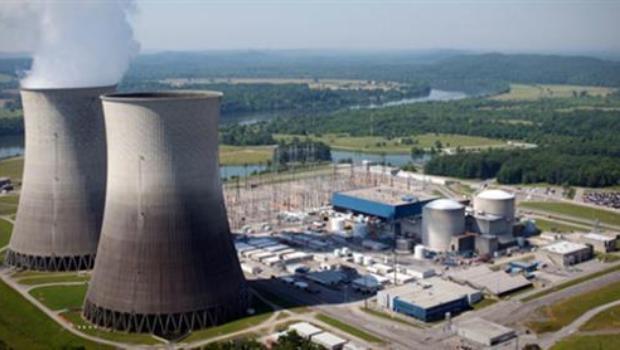3D printing is largely associated with the aerospace, aviation, and automation industries. Recently the nuclear sector is giving high importance to the 3D printing industry for developing their components. These nuclear parts have to be temperature- resistant and resilient which is now possible due to the high-grade manufacturing processes of 3D printing. 3D printers are becomingly increasingly viable tools for manufacturing in the nuclear sector.
Some examples of the nuclear sector using 3D printing for manufacturing are the Rosatom, the state corporation of Russia using 3D printing to expand tools and equipment in the Russian nuclear sector. In another example, it was seen that GE Hitachi Nuclear Energy has announced a $2 million funding for exploring the viability of 3D printed parts for nuclear experiments. This project is backed by the US department of Energy.
Dassault Systèmes (developers of SolidWorks) are French software manufacturers who have collaborated with the company Assystem to use 3D simulation and data tech for nuclear tests.
The British Nuclear Advanced Manufacturing Research Centre (AMRC) has brought 3D scanning and VR systems to the forefront for conducting nuclear power plant data surveys. The tests would include off-site designs and better planning to reduce potential exposure to radiation doses.
GEH uses the most advanced 3D printing systems to achieve low-volume production and reduced manufacturing costs. Hollyn Phelps of GEH said that 3D printing parts would be irradiated and they would also reduce manufacturing times by 1/10.
Some performance enhancing equipment to be used by GEH are boiling water reactors, defender advanced debris filters and jet pump anti-vibration solutions. New nuclear plants could also sync with 3D printed parts, like fine motion control rod drives (FMCRDs).
Nuclear sector Engineering, Procurement and Construction (EPC) firms are aiming at a 15 percent efficiency increase in design and engineering. The nuclear sector is slowly growing to become a major sector for the consumption of 3D printed components.
Source: 3ders.org
